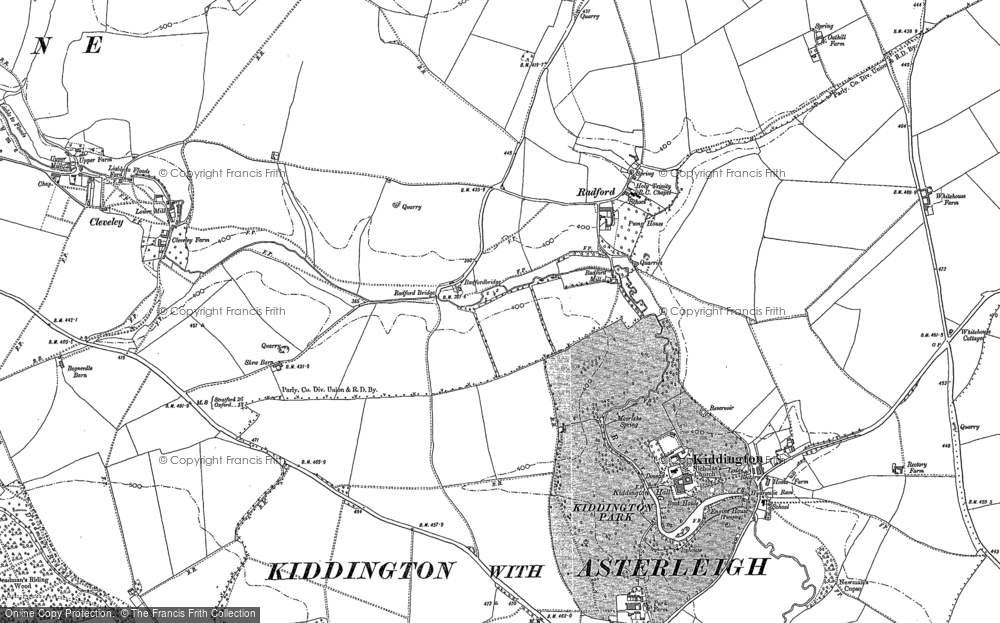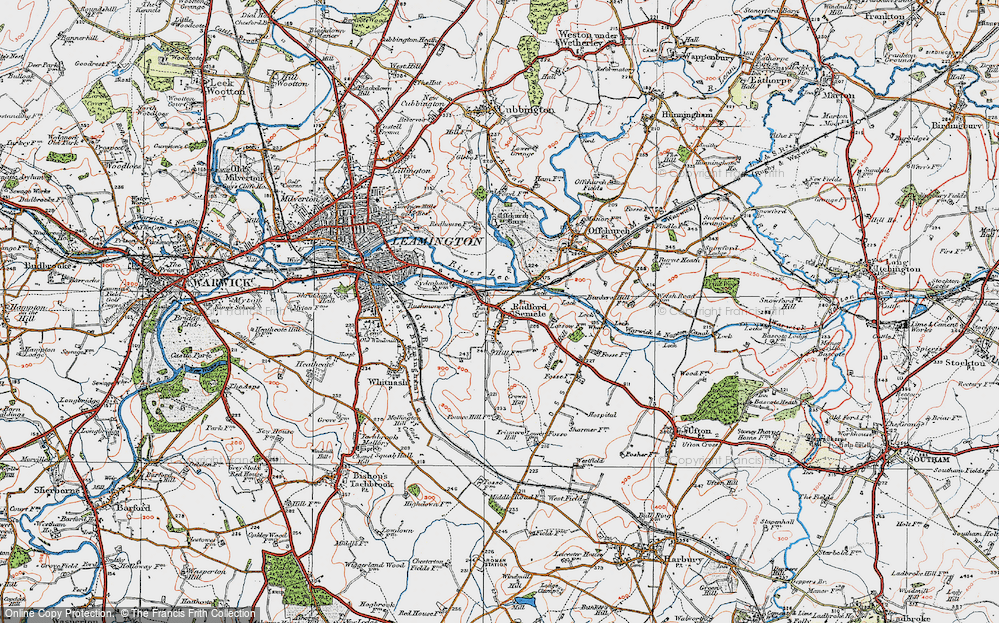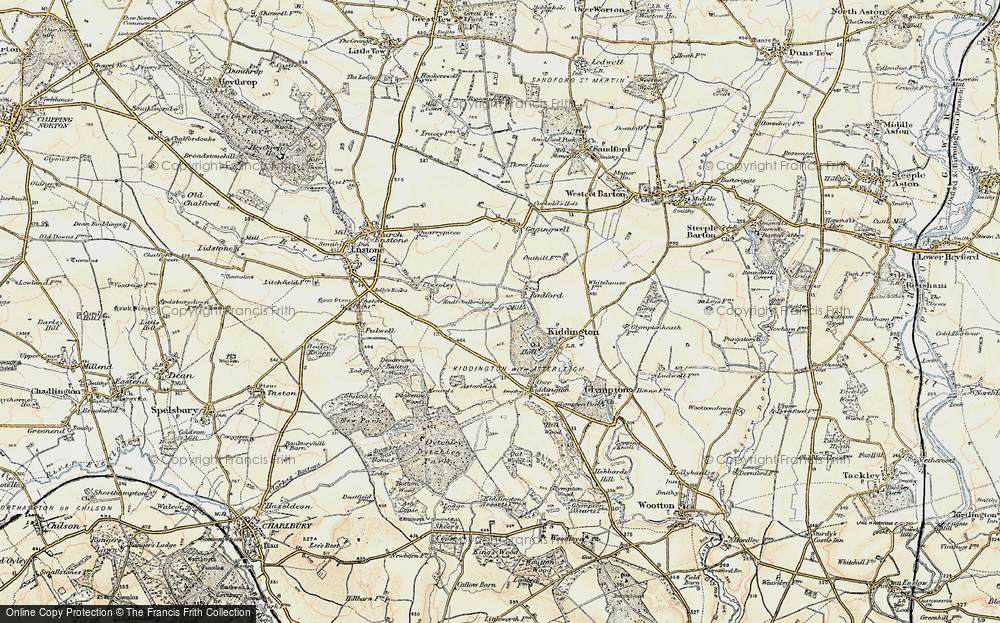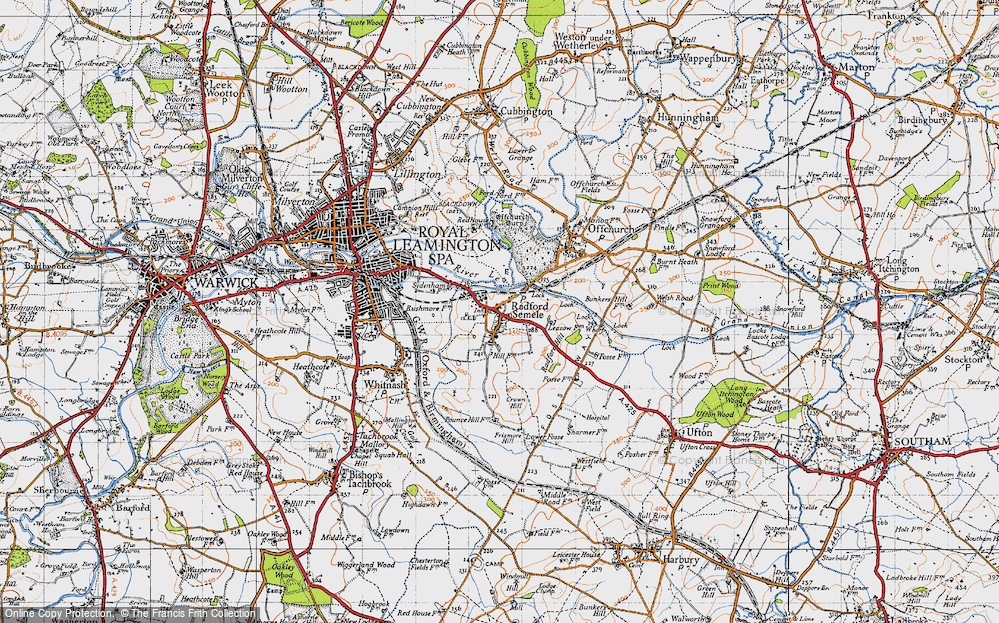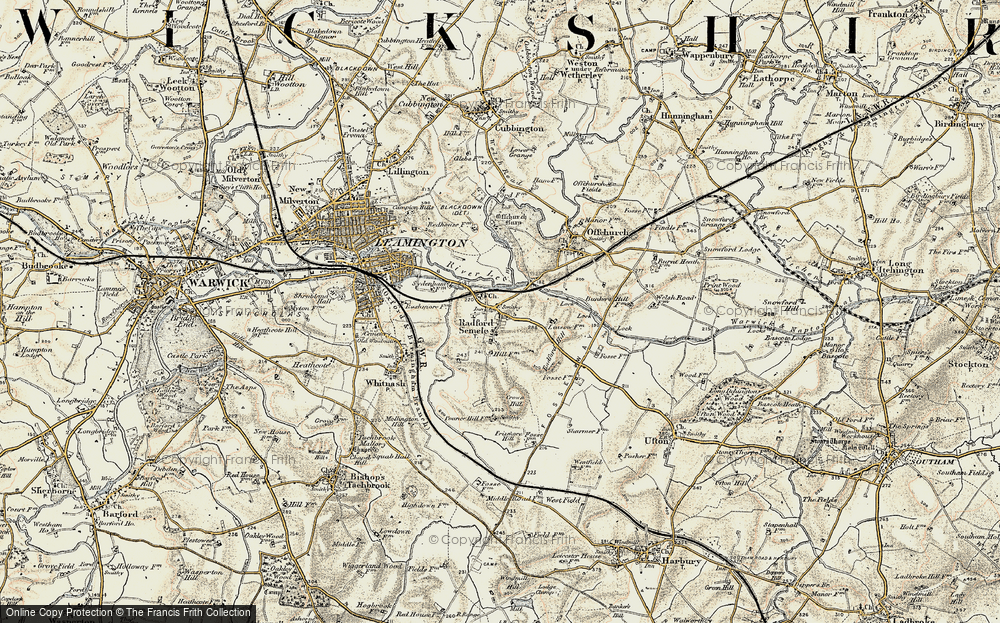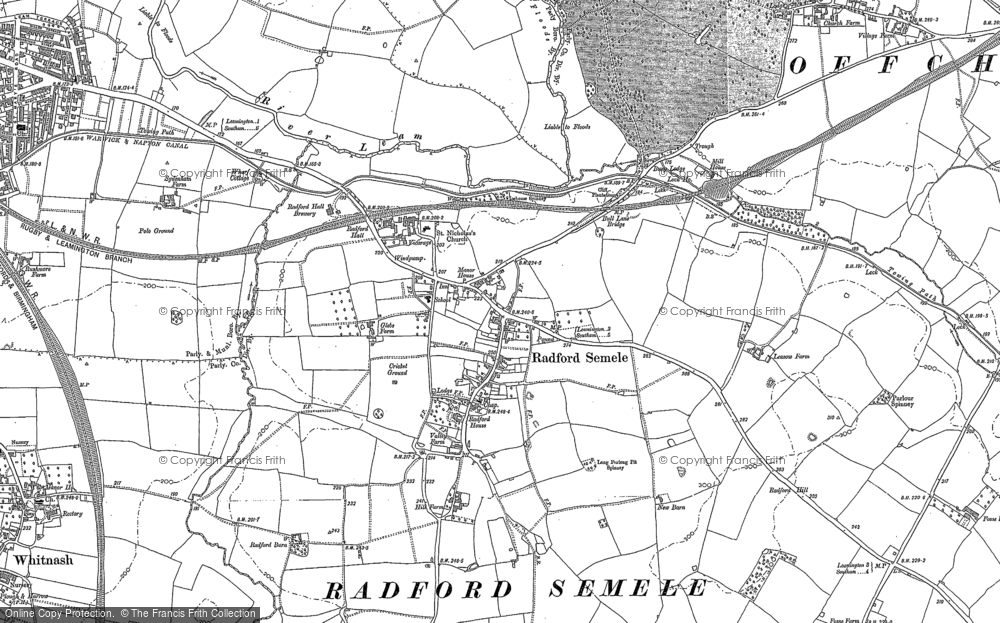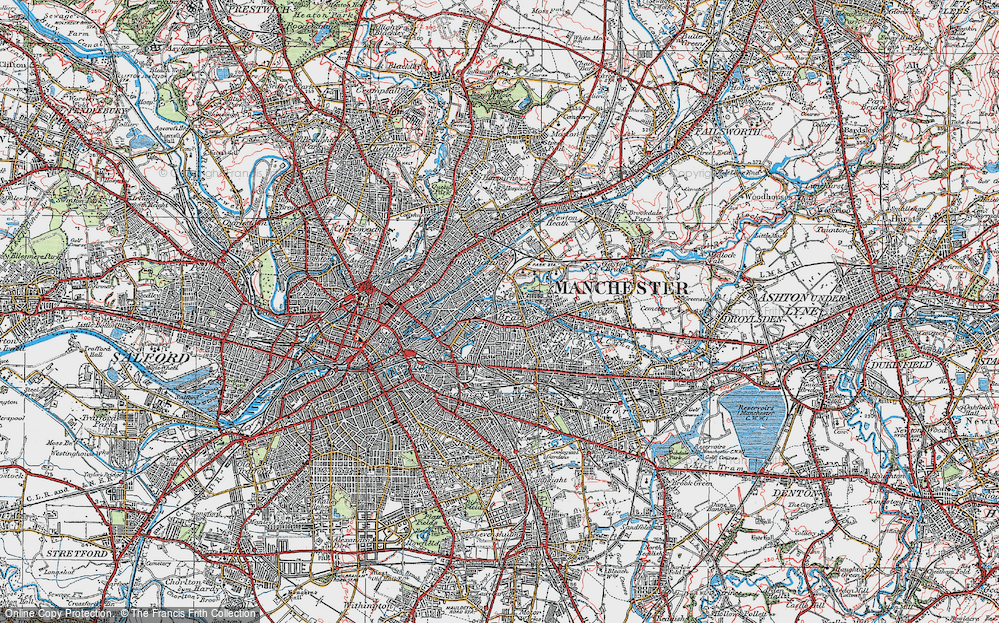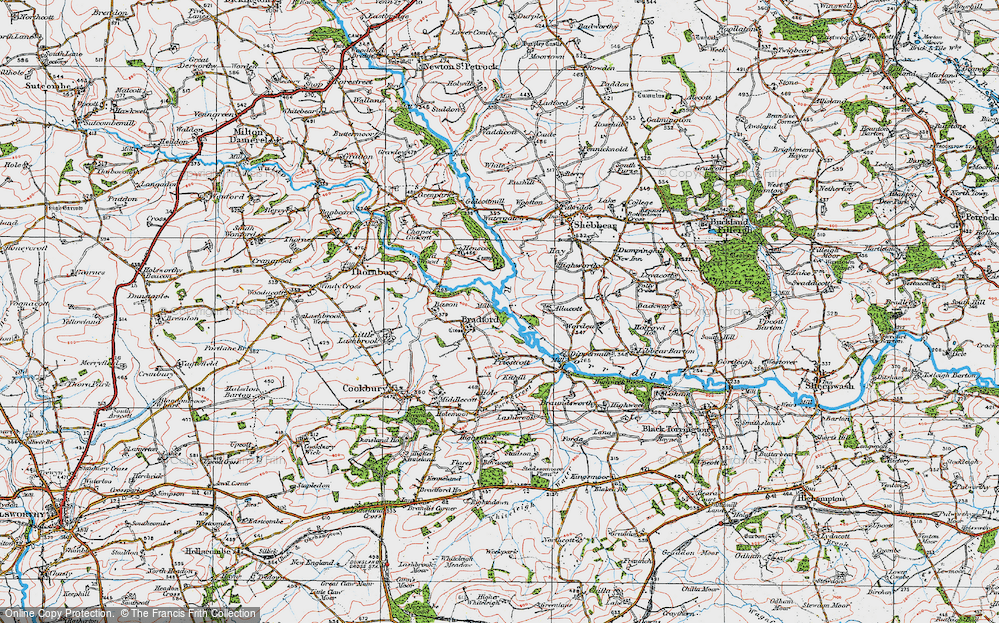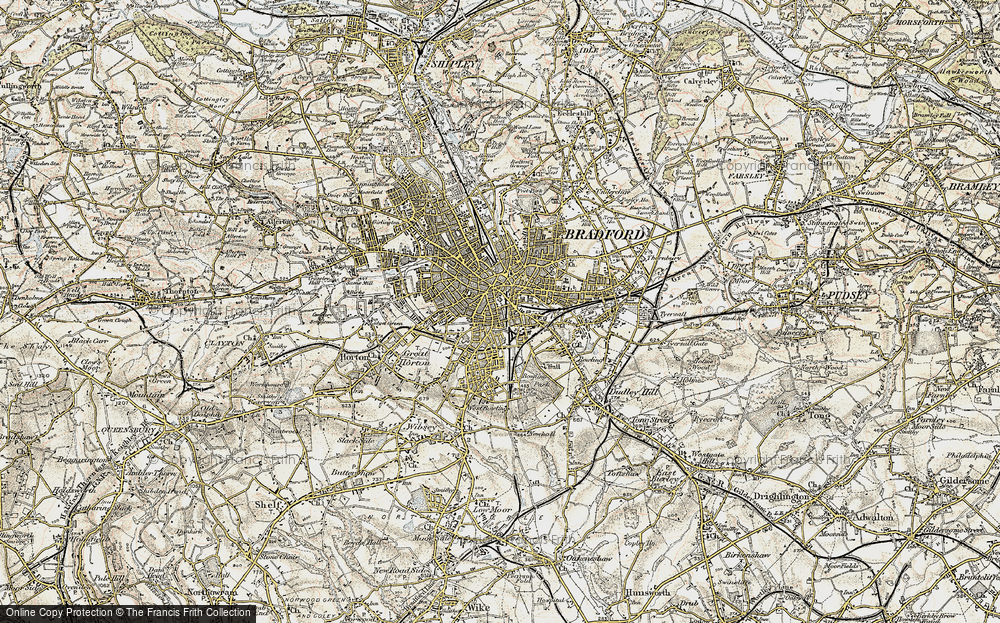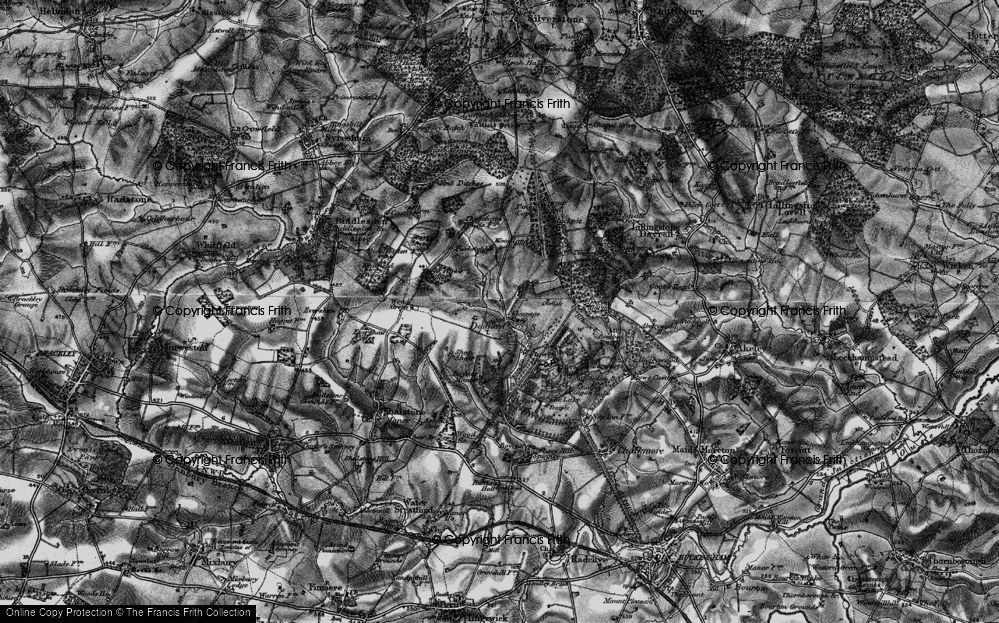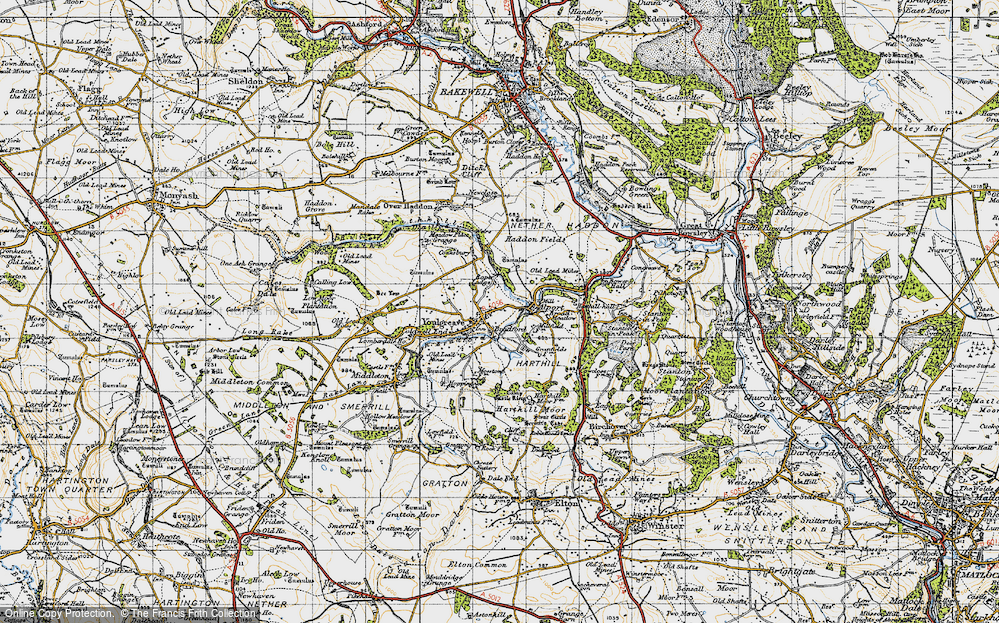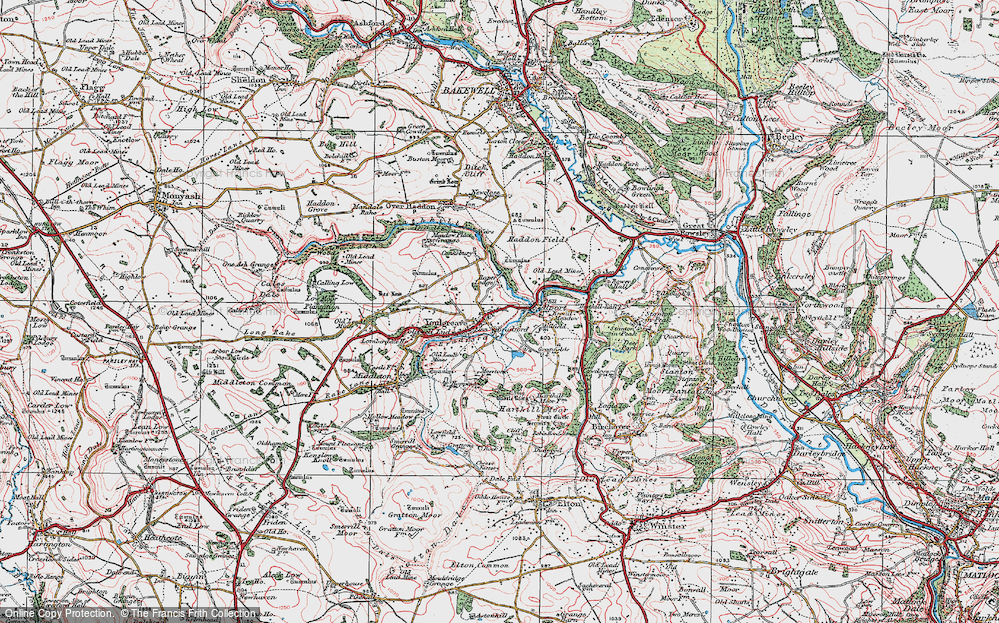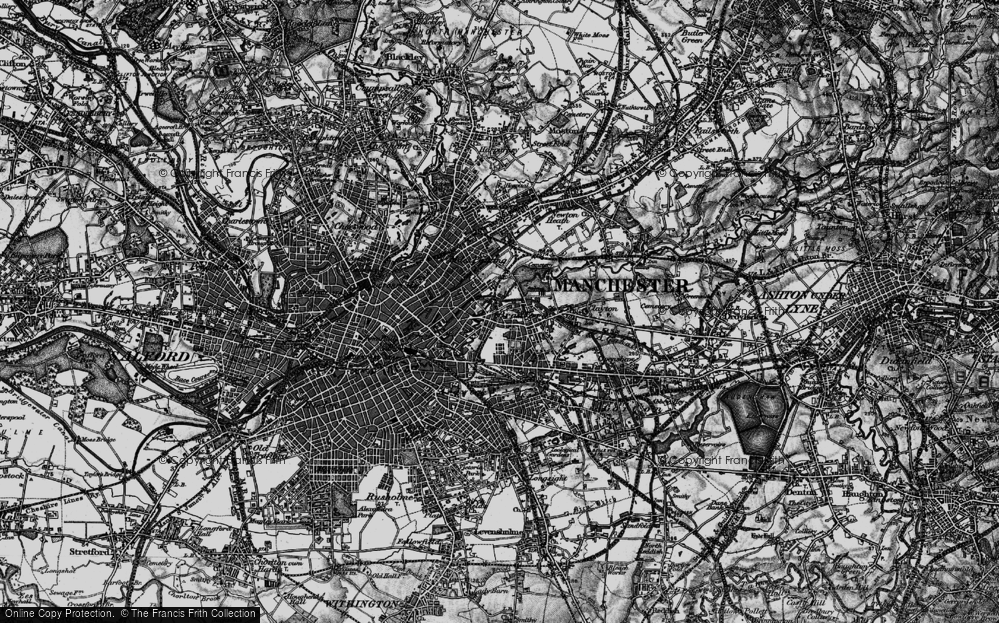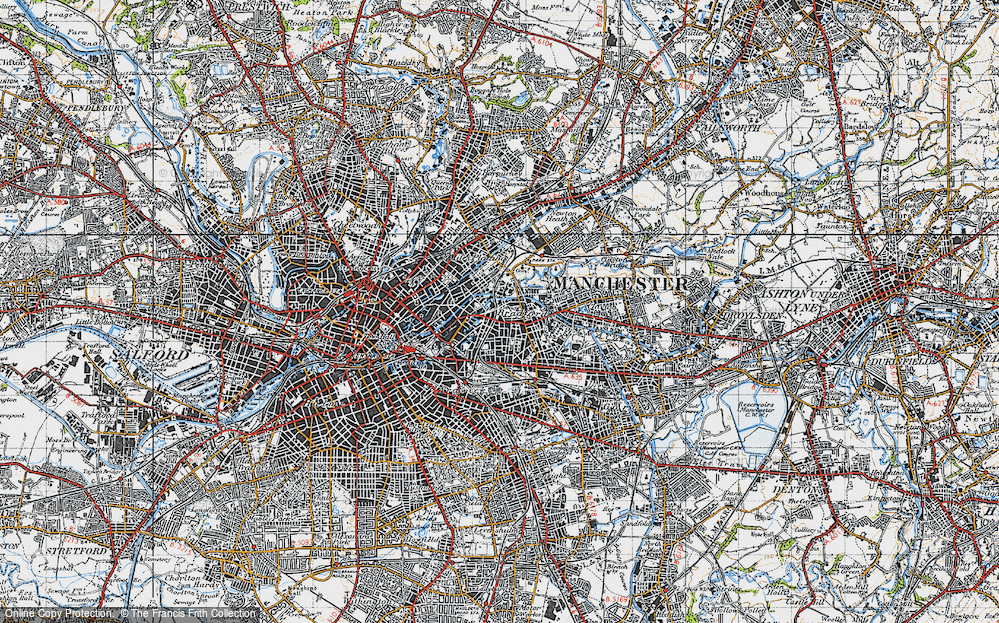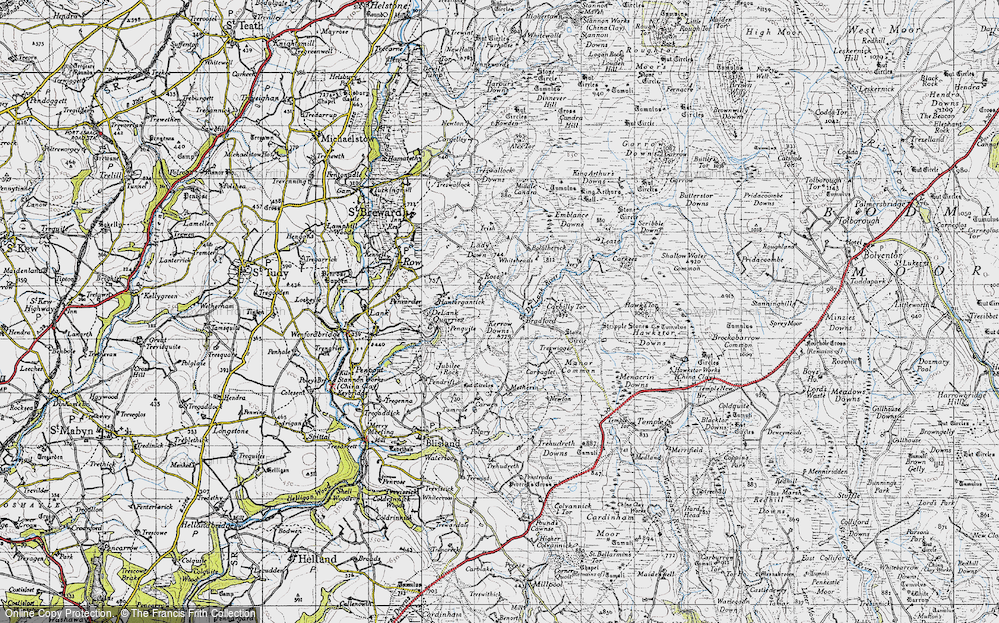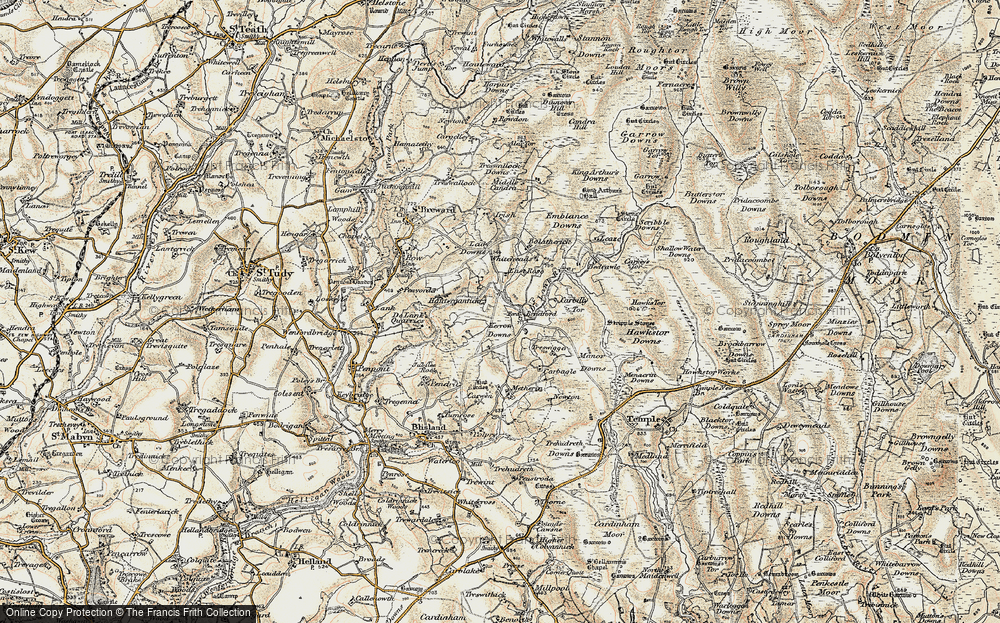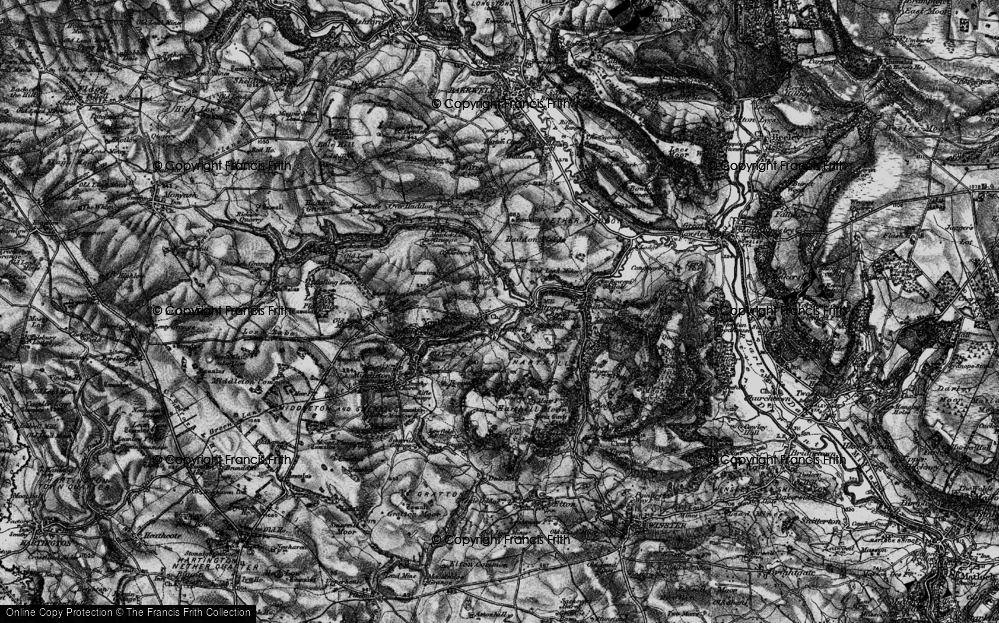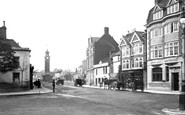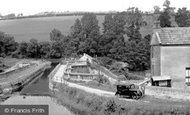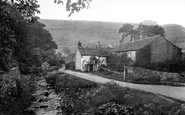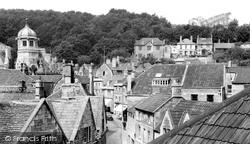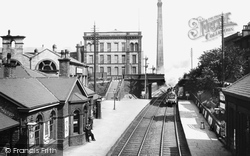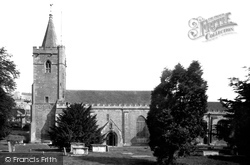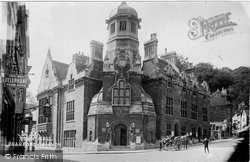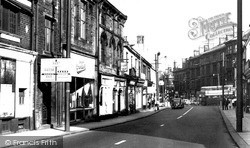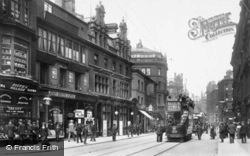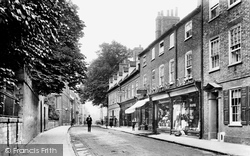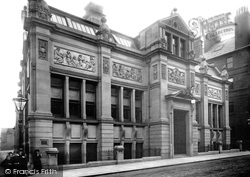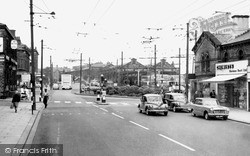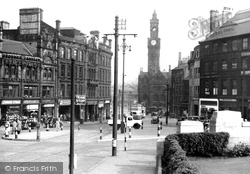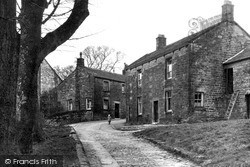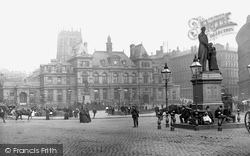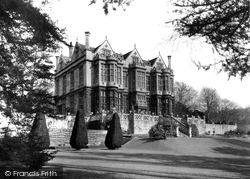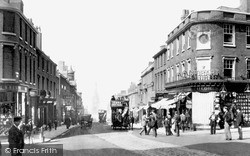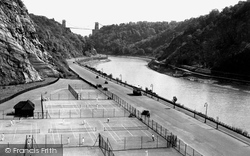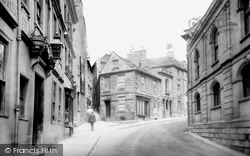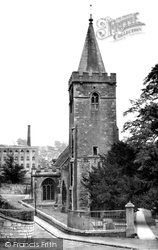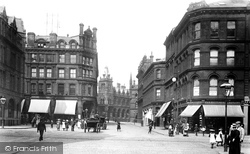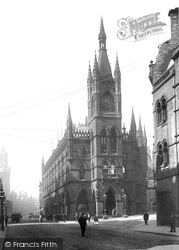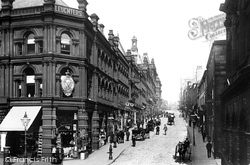Places
6 places found.
Those places high-lighted have photos. All locations may have maps, books and memories.
Photos
7 photos found. Showing results 21 to 7.
Maps
971 maps found.
Books
4 books found. Showing results 25 to 4.
Memories
171 memories found. Showing results 11 to 20.
The Roxy
Saturday mornings at The Roxy, Barkerend Road, Bradford were a magical event in the lives of 8 year olds plus in the 1950's. The film breaking down which it did every week to the sounds of a hundred kids stamping and yelling and booing. ...Read more
A memory of Bradford in 1953 by
Great Horton
Our family lived in Lidget Green, near the Great Horton railway station. I was born in 1949 near Bradford (Wakefield), and lived in Lidget Green from toddlerhood until we emigrated in 1960. The neighborhood provided many memories which ...Read more
A memory of Bradford in 1959 by
Tweedsana Epsom High Street
Above "The Woolwich" (c1987-91) on the corner of Waterloo Road rhs also Mike Burton's "Radfords" Electrical Installation Design Consultants moved from 2a East Street(1984- 87) then to Church Street c1991-94. Mike now works from home near Plaistow, Sussex.
A memory of Epsom in 1987 by
Otley Revisited
I'd visited Otley the town in the 1960s, walking and rockclimbing as a lad of 18 /20 with friends I met at work in the woollen mills of Bradford and Shipley. My first memory is of looking down from the Chevin to this beautiful view of ...Read more
A memory of Otley in 2005 by
Canter Across The Canal
It must have been around the late 1960s, early 1970s when my sister and I used to ride our ponies down to Avoncliff. We lived a short distance away in Upper Westwood and our mother liked us to ride along the tow path as it ...Read more
A memory of Avoncliff in 1970 by
Atwick Holidays
our family ( from Bradford ) , me and 2 sisters rented one of the chalets at the end of cliff road in the mid fifty's I think it was 2nd from left in on the cliff top .Can remember the garden getting shorter as the cliffs collapased ...Read more
A memory of Ulrome in 1954 by
Cragg Farm
This photo shows Cragg Farm painted white and Sweetbriar Cottage attached. My mother was Margaret Jane Carr and was born and raised at Cragg Farm. She was 16 years old in 1926 when this photo was taken. She married Roland Calverley at ...Read more
A memory of Starbotton by
St Brides School In The Late 1940s And Early 1950s
My maiden name was Quarman. I boarded at St Bride's School in the late 1940s and early 1950s. The headmistress was Miss Thompson, assistant Miss Watson. We wore a green unifrom. I ued to enjoy ...Read more
A memory of Chagford in 1940 by
My Fading Memories
I was but a lad of 8 when my folks bundled us all off to a wide land downunder. Since 1968, Australia has been my home. I often speak of my fading memories of Queensbury, my walks through the village, living on 'The Mountain', ...Read more
A memory of Queensbury in 1968 by
Captions
79 captions found. Showing results 25 to 48.
Pevsner describes the building as 'large, with an angle turret, Jacobean with shaped gables and mullioned and transomed windows, irregular and picturesque, but on a scale excessive for Bradford
Saltaire station lies on the Midland Railway route between Bradford and Skipton. Titus Salt's celebrated mill stands next to the line.
In the early 19th century, Bradford had thirty-two cloth factories and Holy Trinity was the church of the clothiers.
Fortunately, it is possible to appreciate all of this river on its near five-mile journey from Lathkill Head Cave until it empties into the river Bradford at Alport: a footpath follows the whole course
Bradford-on-Avon has changed little in the last century. There has been no by-pass, no rash of new developments.
Shipley, three miles north-west of Bradford, in the valley of the River Aire, is a busy town on the A65 Skipton Road.
The railway station is on the Midland line from Bradford to Skipton. The railway station was opened in 1856. Titus Salt's Mill, some six storeys high, sits alongside the line.
Transport into this part of Bradford progressed from horse trams in 1882 to steam trams by 1884, and electric ones from 1897. By 1911 the Corporation could boast a transport profit of £52,000.
Note the large gilt letters above Bradford House.
Technical education had received a boost during the 1880s when towns like Bradford committed funds to build specialist colleges.
Bradford was not only the first to introduce trolleybuses, but the last to discontinue their service - the system survived until 1972 when it was finally closed.
In 1911, a joint scheme between Leeds and Bradford saw the inauguration of Britain's first trolleybus service.
Beyond here is Scar House Reservoir, providing water for Bradford. During the construction a small village was established in these desolate hills dominated by Great Whernside.
Although Oastler was from Huddersfield, Bradford was chosen for the site of his statue as his campaign to reduce working hours for factory children was centred in the city.
Pevsner described The Hall as 'the one nationally major mansion in Bradford, not a town house but a country house in character'.
In 1911, a joint scheme between Leeds and Bradford saw the inauguration of Britain's first trolleybus service.
The shops on the left were demolished in the 1930s to make way for Burton Tailors and F W Bradford Ltd, a family-run department store incorporated into James Beattie in 1960.
Unlike Bradford, Bristol was not about to embark on running a railway: they simply wanted the trackbed for a new road to Avonmouth, for the Gorge was not wide enough for both.
Note the large gilt letters above Bradford House.
The New Bear Hotel, left, is now Silver Street House, having been restored by Bradford on Avon Preservation Trust in 1977.
In his 'Bradford on Avon Past and Present', Harold Fassnidge describes the carillon, dating from 1614, as having been augmented over the years; it now has a repertoire of hymns played regularly.
Bradford's complete tram system closed on 6 May 1950 when trolleybuses took over - they lasted until 26 March 1972. On the final day of the trams, crowds came out to mourn their passing.
It contains a number of statues of prominent men of Bradford, which became a city in the year of this photograph. The Wool Exchange is now sympathetically restored to a well-stocked book shop.
In the thirty years from 1880, Bradford's population doubled to nearly 300,000.
Places (6)
Photos (7)
Memories (171)
Books (4)
Maps (971)




